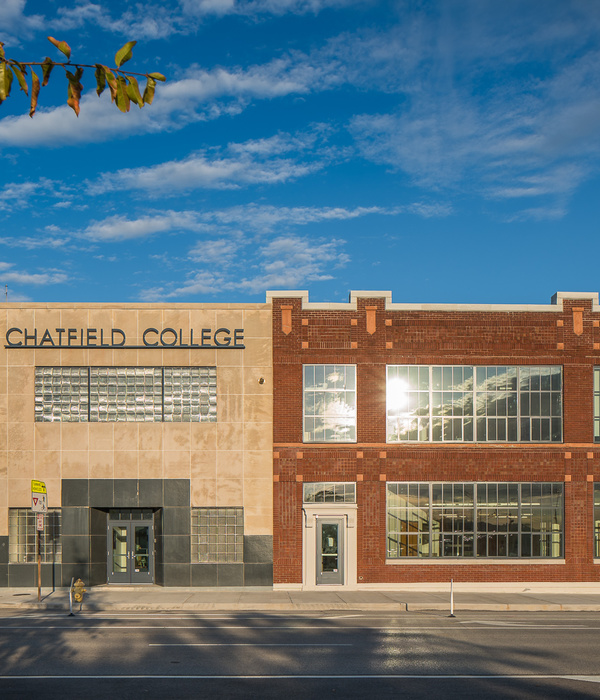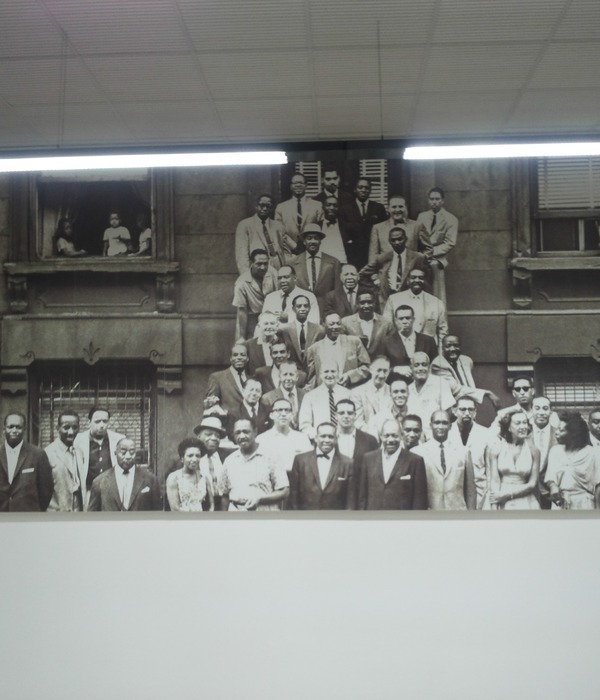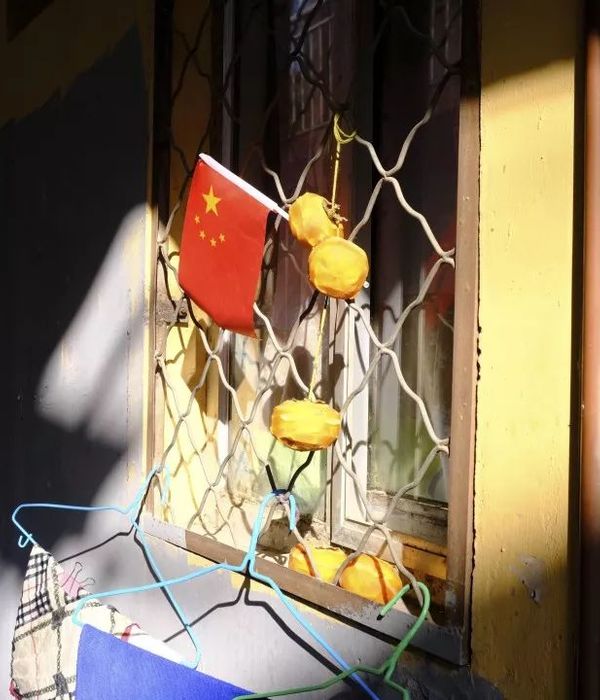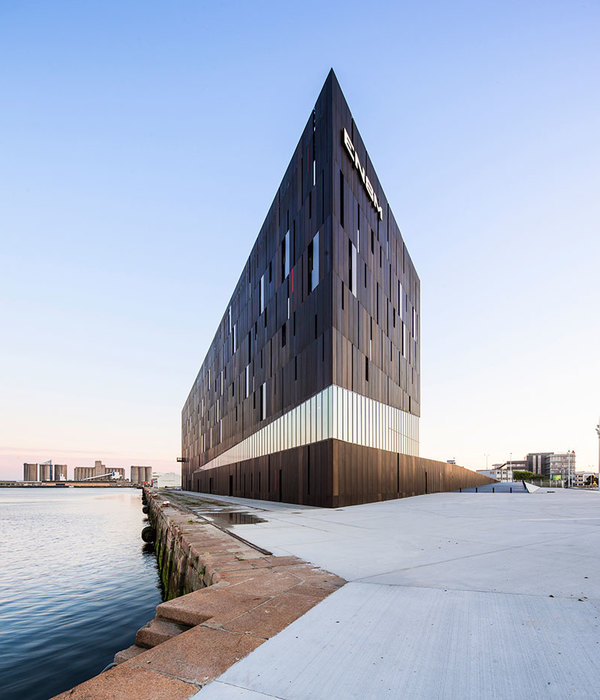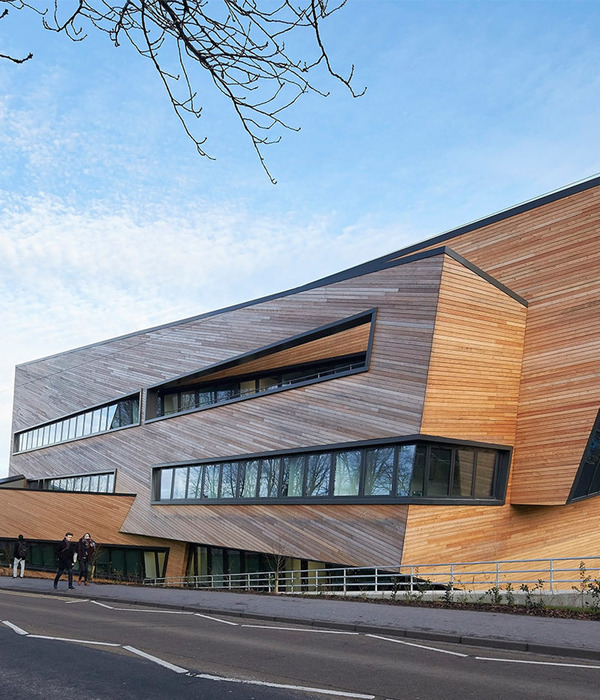Architects:enrico sassi architetto
Area:1000ft²
Year:2020
Photographs:Marcelo Villada Ortiz
Manufacturers:Dick&Figli,Filippi Sa Airolo,MG Cucine Industriali
Lead Architect:Enrico Sassi
Civil Engineer:brenni engineering
Electrical Engineer:Elettroconsulenze Solcà SA
Main Contractor:Impresa Barella SA
Carpenter:Fratelli Colombo Sagl
Electrician:Etavis SA, Nicola Petraglio Sagl
Furniture:MG Cucine industriali SA
Drawings, Planning Application:Irene Lucca, Marco Mariotti
Work Management:Alessandro Armellini, Irene Lucca
Idea And Scientific Advice:Davide Conconi
Blacksmith:Damiano Petraglio Fabbro Metallbau Sagl
Principal Use:Structure dedicated to the training of beekeepers
Plumbing:Fieni Danilo e figlio SA
Flooring:Manutecnica SA
Waterproofing:Isoresine SA
Tinsmith:Conconi Sud SA
Windows:Eredi fu Costantino Chiesa
Curtains:Dick&Figli SA
City:Coldrerio
Country:Switzerland
Text description provided by the architects. The building called "Bee House" is an "educational apiary" (structure dedicated to the training of beekeepers); it is built within the "Mezzana Cantonal Agricultural-Farm - Professional Green Centre" at Coldrerio (TI). It’s a structure strongly desired and supported by FTA Federazione Ticinese Apicoltori (Ticinese Beekeeping Federation) and allows you to assist in the manipulation of the hives and the honey extraction process.
The Mezzana training center is a structure in which there are several courses related to the agricultural professions (animal production, agricultural production, viticulture) and the green-related professions (forestry, floriculture, gardening). The agricultural center was established in 1915. The area has great landscape relevance and is characterized by large areas dedicated both to agricultural and livestock activities. The project site is located downstream of the cantonal road that connects Mendrisio with Chiasso.
The site is a large concave and sloping area, facing south. "Bee House" is a building made of wood. It’s a volume with a roof supported by pillars that create a portico; under the portico, there’s a volume enclosed by four walls: two transparent (glass) and two opaque (wooden). This volume is divided into two separate rooms, a classroom with a full-height window that allows you to assist in the manipulation of the hives and a laboratory in which honey extraction takes place. The building is made of two main elements: a base and a pavilion.
The reinforced concrete base has been sanded to make the aggregates visible and is characterized by three steps on each side. The pavilion is placed on top of it, 50 cm higher than the surrounded countryside level, and has a 2x1 proportion. The layout of the pavilion is based on a 130 cm raster (distance between pillars center). The longer side of the pavilion measures 12 modules, and the shorter side is 6. The pavilion consists of a prefabricated fir wood structure. The pillars have a section of 14 x 14 cm.
Two of the sides of the pillar are marked by a 2 cm groove. The pillars support 13 laminated fir beams measuring 794 x 39 x 14 cm made by a local sawmill. The structural parts have burned and brushed finish. The curtain walls are made with yellow construction site panels. The wooden pillars are connected to the base through an iron plate that will rust through time. Each structural element is autonomous and can be replaced without compromising structural integrity.
Project gallery
Project location
Address:Coldrerio, Switzerland
{{item.text_origin}}




